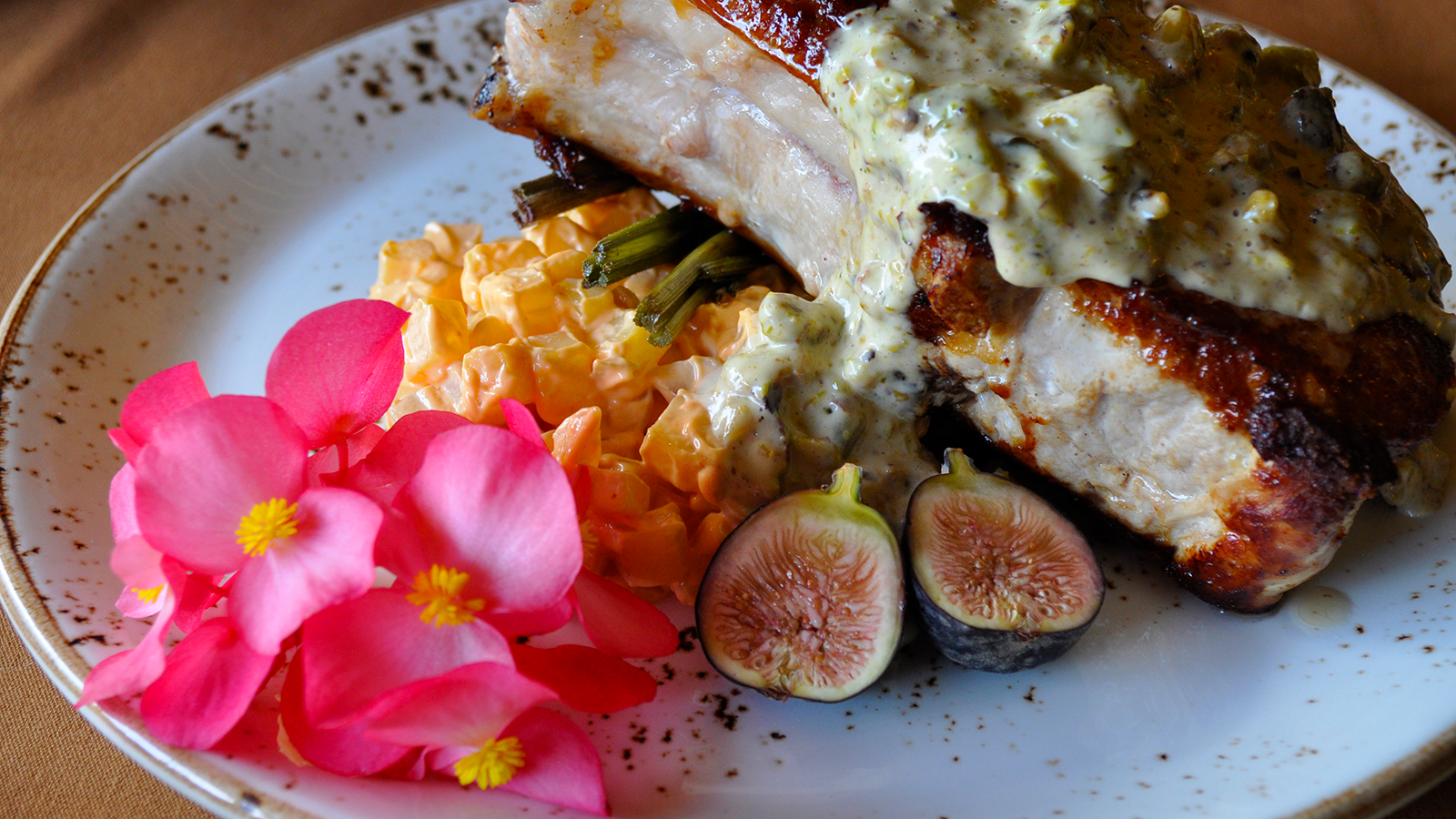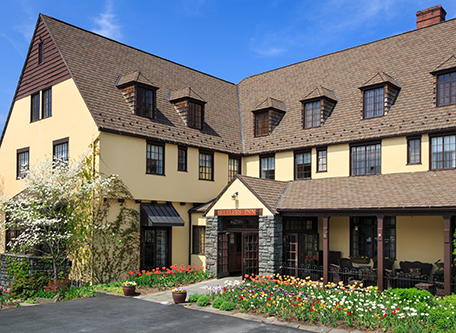Receive for Free - Discover & Explore eNewsletter monthly with advance notice of special offers, packages, and insider savings from 10% - 30% off Best Available Rates at selected hotels.
taste
-
Taste the bounty of The Settlers Inn at Bingham Park when dining on ingredients grown in the Chef's Demonstration Garden. Established in 2019, only steps away from the kitchen, the garden is a living testament to the Inn's farm-to-table philosophy, a guiding principle of the hotel since its inception. Along with more than 20 varieties of edible flowers, which are incorporated into dishes by the Inn's talented chefs, the garden is also home to fruit-producing trees and shrubs, fragrant herbs, and healthful vegetables, allowing guests to make a direct connection between fresh ingredients and quality meals.
-
Savor the Inn's rich history and culinary heritage during a meal at the Chestnut Tavern or in the Dining Room. Guided by the seasons and shaped by local farms, pastures, and producers, menus at The Settlers Inn at Bingham Park are an homage to regional Pennsylvania cuisine. Seeking to preserve small family farms in the Delaware Highlands of Pennsylvania, owner and chef Grant Genzlinger partnered with area growers to highlight the wealth of delicious ingredients in the region. One such partnership, a local hatchery dating back to the 1880s that utilizes mountain river troughs, is the fruit of that labor, as is the hatchery's Blooming Grove Brook Trout, which has been a menu staple since the hotel's reopening in 1980.
-
Greet the morning in true Pennsylvania fashion with a slice of scrapple for breakfast. A Pennsylvania Dutch spin on paté, scrapple is the head-to-tail philosophy of butchery in breakfast-meat form. As the name suggests, the dish is crafted out of cooked pork scraps (think loins, rib tips, and organs like heart and liver), cornmeal, and spices, including sage, bay leaves, thyme, peppercorns, and garlic. The entire concoction is then typically shaped into a loaf, cut into slices, pan-fried, and served alongside breakfast classics like pancakes and eggs with a drizzle of maple syrup.
-
Round out a meal just like many Pennsylvanians: with a wedge of shoofly pie. Similar to scrapple, shoofly pie's roots trace back to the state's Pennsylvania Dutch community. The filling for this traditional dessert is made with sticky-sweet molasses and brown sugar and is crowned with a crumb of flour and more brown sugar. Naturally, these sugary ingredients are as popular with flies as they are with people, inspiring the name "shoofly pie," as the baker would inevitably need to shoo the flies away from the pie as it cooled on the sill. (In fact, knowing this, the Amish will often bake up some spare shoofly pies for outdoor gatherings and then place them far away from diners, drawing flies to the decoy pies instead of those being eaten.) Shoofly pie is available with either a "dry bottom," offering a cake-like texture throughout, or the more popular "wet bottom," which features a gooey layer near the crust. So, be sure to sample a slice of both.
































